Radical Austria: Everything is Architecture
In Radical Austria – Everything is Architecture, you will discover the mind-expanding, boundary-shifting and socially critical work of the Austrian avant-garde in the 1960s and 70s. Members of this group did not allow themselves to be hemmed in by traditional design disciplines, preferring instead to create buildings, environments, objects, fashion, performances, furniture and even experiences. Radical Austria – Everything is Architecture focuses on recent history with works that are even more topical and relevant today. The exhibition offers the first opportunity ever to experience the specific character of Austria’s contribution to the international post-war avant-garde in this way. It includes work by Coop Himmelblau, Haus-Rucker-Co, Zünd-Up, Walter Pichler, Valie Export, Hans Hollein, Angela Hareiter and Raimund Abraham.
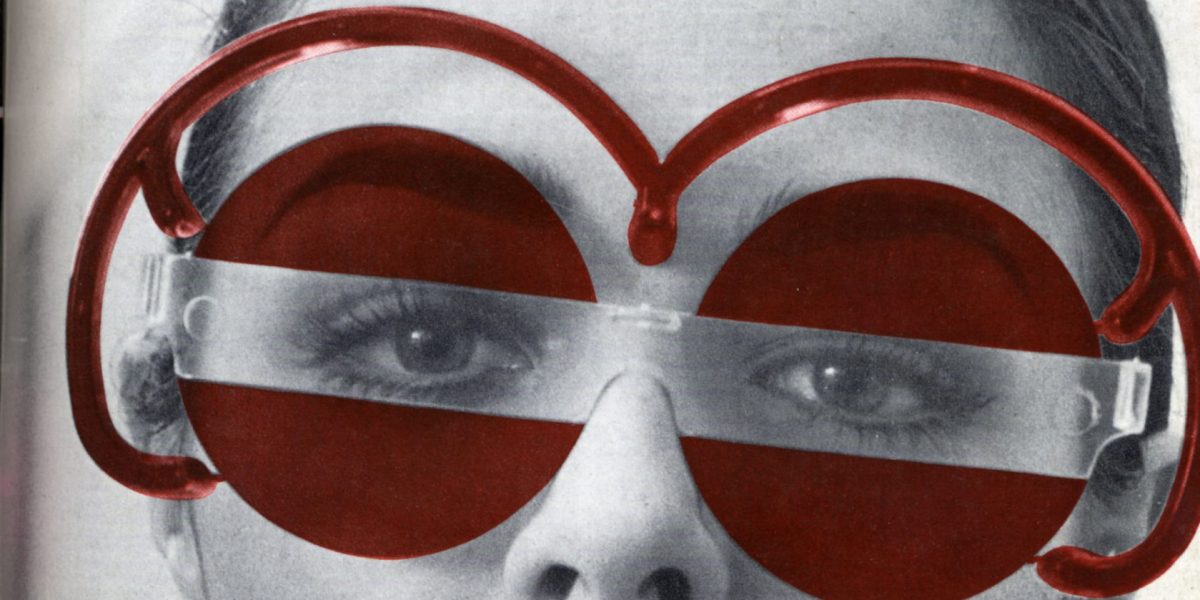
Cover of the magazine ‘Bau’ 4/1968. Model with ‘Austrian Glasses’. Austriennale - Austria at the 14th Triennale di Milano, 1968. Copyright: Private archive Hollein
‘Everything is architecture’
The works, performances, installations, interventions, clothes, furniture, environments and architecture of groups like Coop Himmelblau, Haus-Rucker-Co and Zünd-Up, and of individual designers and artists such as Walter Pichler (1936-2012), Hans Hollein (1934-2014), Raimund Abraham (1933-2010) and Valie Export (1940), are responses to societal and technological developments. Whether optimistically and playfully or ominously and critically, they teased out the consequences of these developments for the future – the one in which we now live. What makes the Austrian avant-garde unique is its fascination for the body and the way its designs often extended beyond the drawing board: almost everything was actually executed and can be seen in the exhibition. The designer Hans Hollein argued that ‘everything is architecture’, and with that notion in mind the featured designers gave concrete shape to their world-view in every imaginable discipline, from inflatable habitations to performances, fashion to furniture.
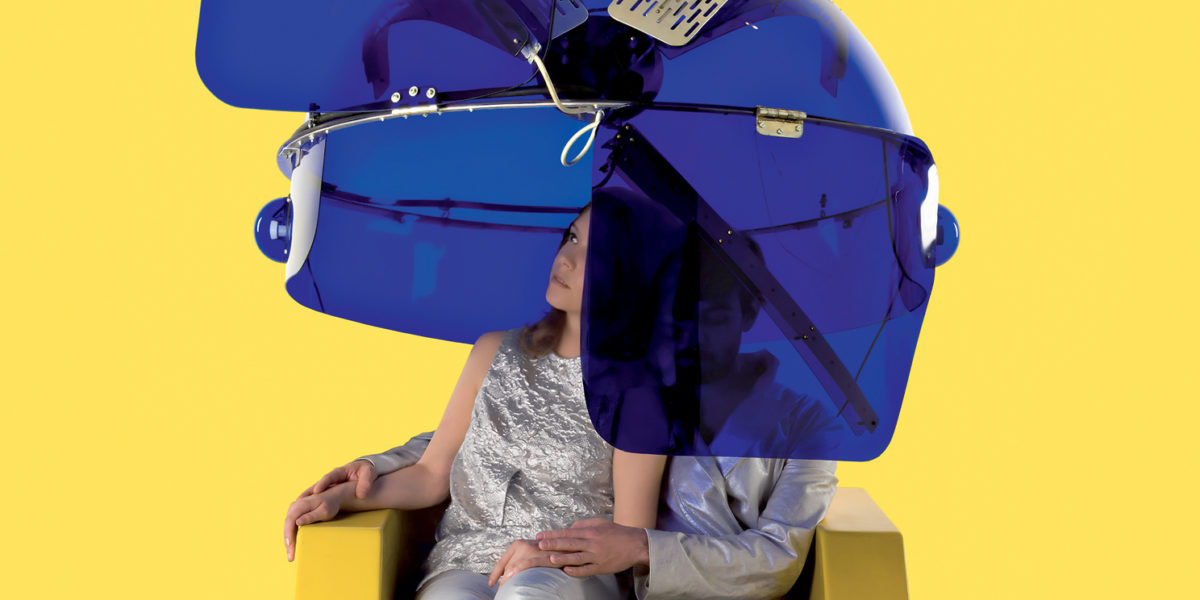
Mind Expander II, Haus Rucker-Co, 1969. Photo © mumok – Museum moderner Kunst Stiftung Ludwig Wien, on loan from the Artothek des Bundes
From space travel to drugs, pop culture to feminism, media to environmental issues
Following the enforced isolation of the Nazi era, Austrian artists and designers sought from the 1950s onwards to reconnect with the latest international developments in culture and technology, which they wove together in a distinctive blend of social and technological critique. They were quick to speculate and experiment with cybernetics, space travel, drugs, pop culture, media, gender, feminism and environmental issues. Taking inspiration from the emerging pop culture, they organized themselves collectively after the example of psychedelic rock groups.
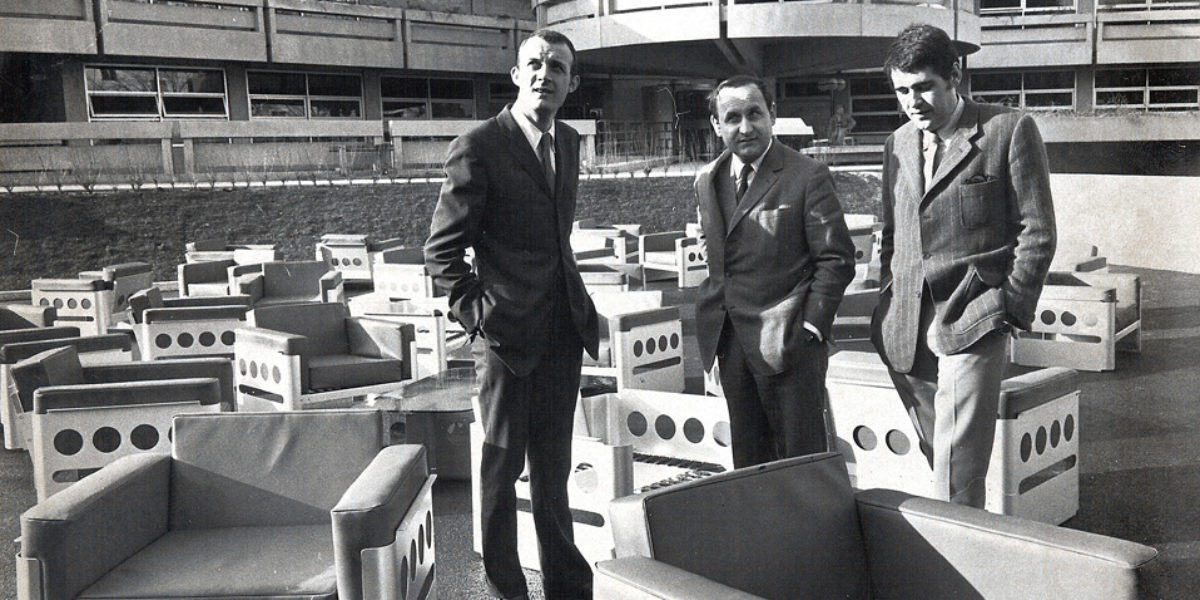
Architects Walter Pichler, Gustav Peichl and Peter Noever in front of the Rehabilitationszentrum Meidling (designed by Peichl), surrounded by Pichlers Galaxy 1-chairs, 1968. Archive Peter Noever, photo by Christian Krein.
The body: departure and destination point
The human body plays a central role in Radical Austria – Everything is Architecture: as the vehicle of self-expression in performances, the subject of uncompromising experimentation and, not least, the physical departure and destination point of social, technological and spatial developments. We find it, for instance, in the suits and helmets of Coop Himmelblau, wearers of which are exposed to shocking images, smells and pressure. The helmets and furniture designed by Haus-Rucker-Co are an expression of psychedelic mind-expansion, while those of Walter Pichler highlight the chilling and alienating effects of technology. Fashion and design too become battlefields for shifting views of sexuality in the work of Raimund Abraham and Zünd-Up, amongst others. The feminist artist Valie Export commented caustically on the same theme, having men in the street touch her breasts in Tapp-und-Tast Kino.
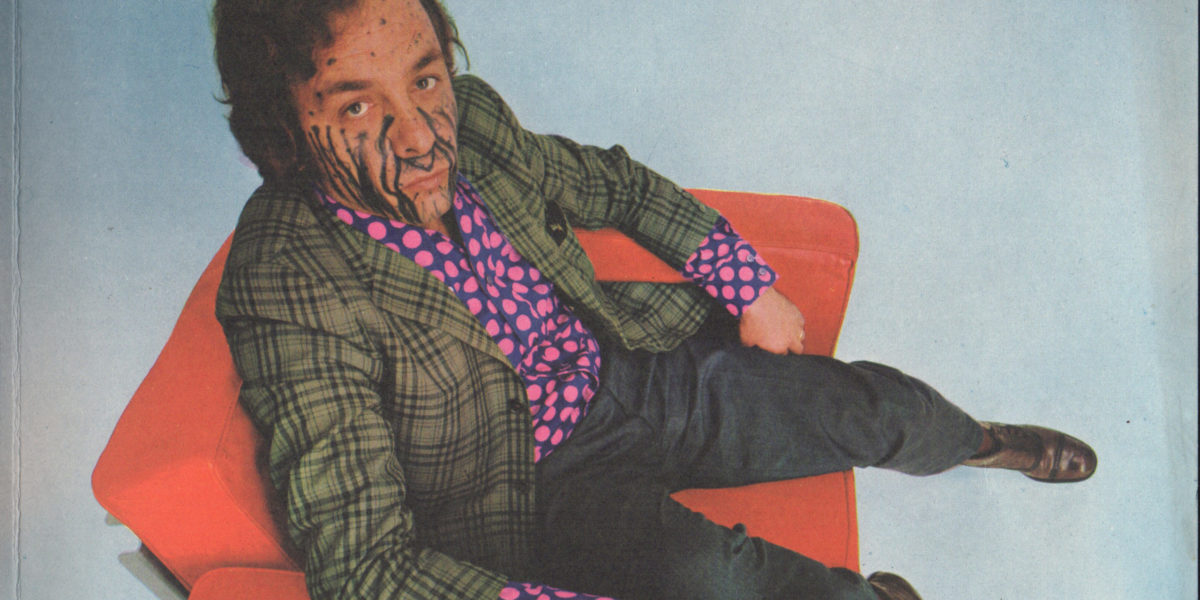
Artist Arnulf Rainer posing in the Galaxy 1-chair (designed Walter Pichler), 1968. Archive Peter Noever, photo by Christian Krein.
Precursors
The lack of inhibition combined with analysis made the Austrian avant-garde not only one of the most radical of the 1960s and 70s, but also the forerunner of many of the developments playing out today in the area of internet and media – Virtual Reality, for instance – and that of Posthumanism, in which human beings are no longer central but are being subsumed into a larger environment, shaped by different technologies. Radical Austria – Everything is Architecture shows how these developments were already being thought about critically in Austria in the 1960s and 70s and how this came to be reflected in fashion, design and architecture.
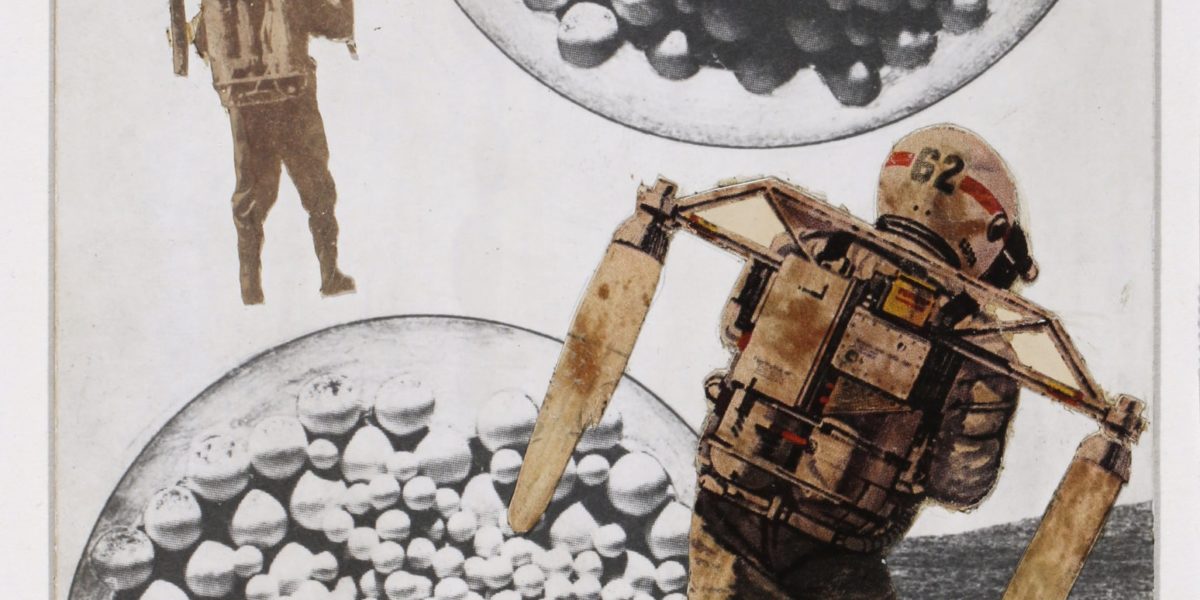
Avant-gardes and the Posthuman at Design Museum Den Bosch
Design Museum Den Bosch has a tradition of organizing exhibitions on avant-garde movements. Earlier events include The Last Avant-Garde on radical design in Italy, 1966–86 (2017) and The Modern Netherlands, 1963–1989: Design in a Model Country (2019). Extending the focus to Austria reveals the similarities and above all the differences between post-war design avant-gardes. The idea for the exhibition arose from research performed by the curators for the exhibition BodyDrift – Anatomies of the Future, held in the summer of 2020. BodyDrift explored the way artists and designers are thinking about the future of the human body. In addition to contemporary makers, the exhibition looked at designs from the 1960s and 70s aimed at the human being of the future, which is how the work of the Austrian avant-garde first crossed our path. It is a period that has so far received too little attention in the Netherlands: one that witnessed impressive projects that retain their relevance to this day.
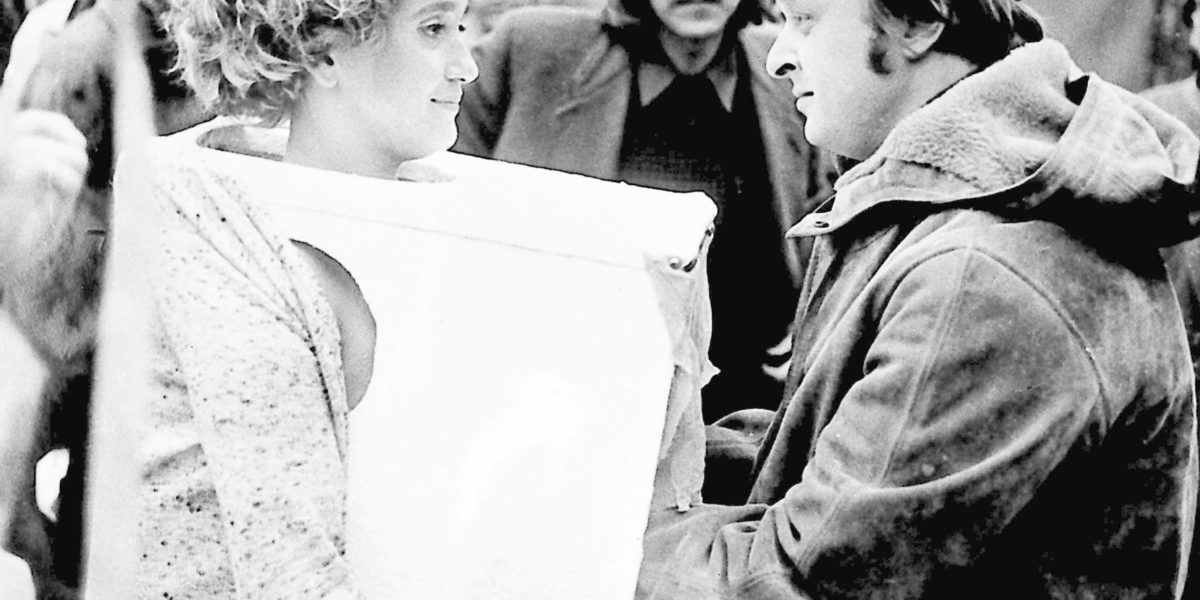
Werner Schulz, foto van Valie Exports performance Tapp und Tastkino, 1968. co Pictoright Amsterdam 2021.
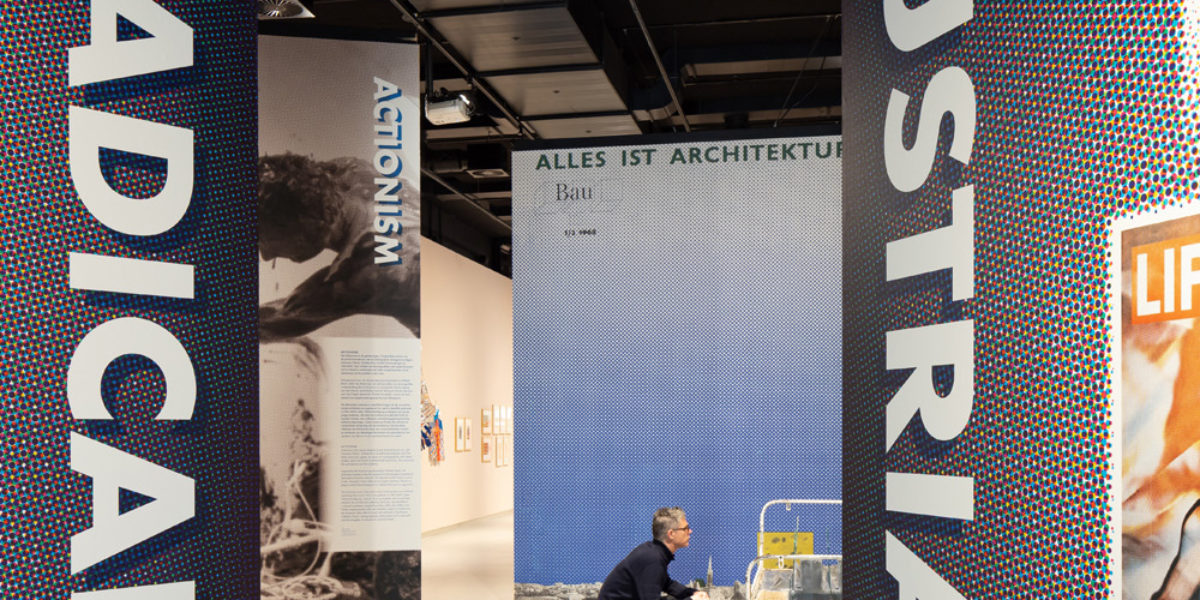
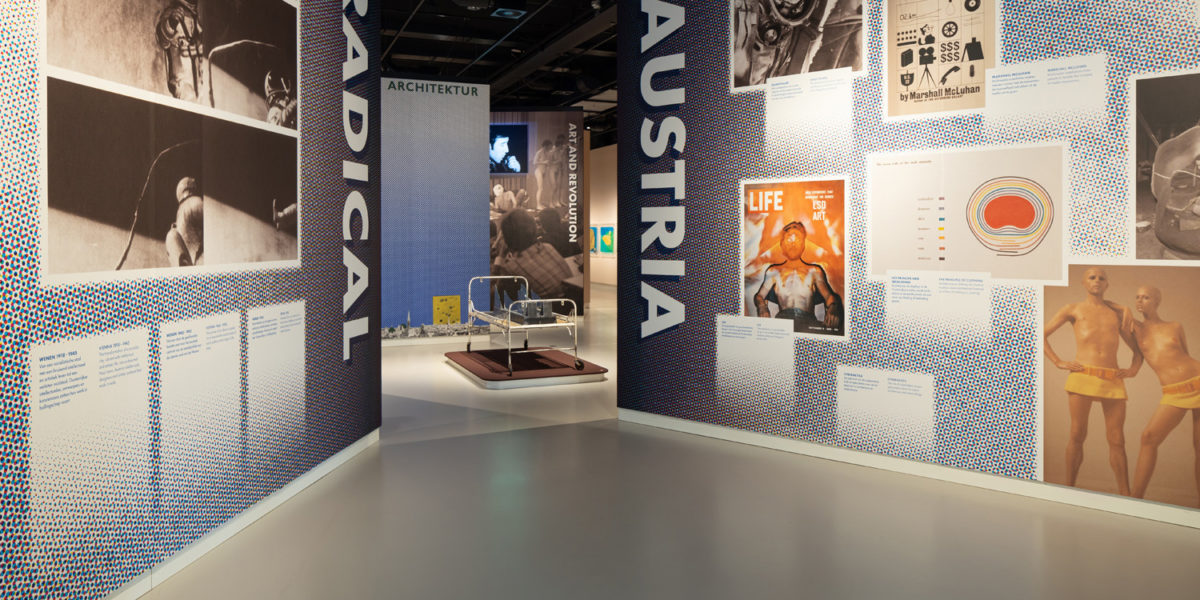
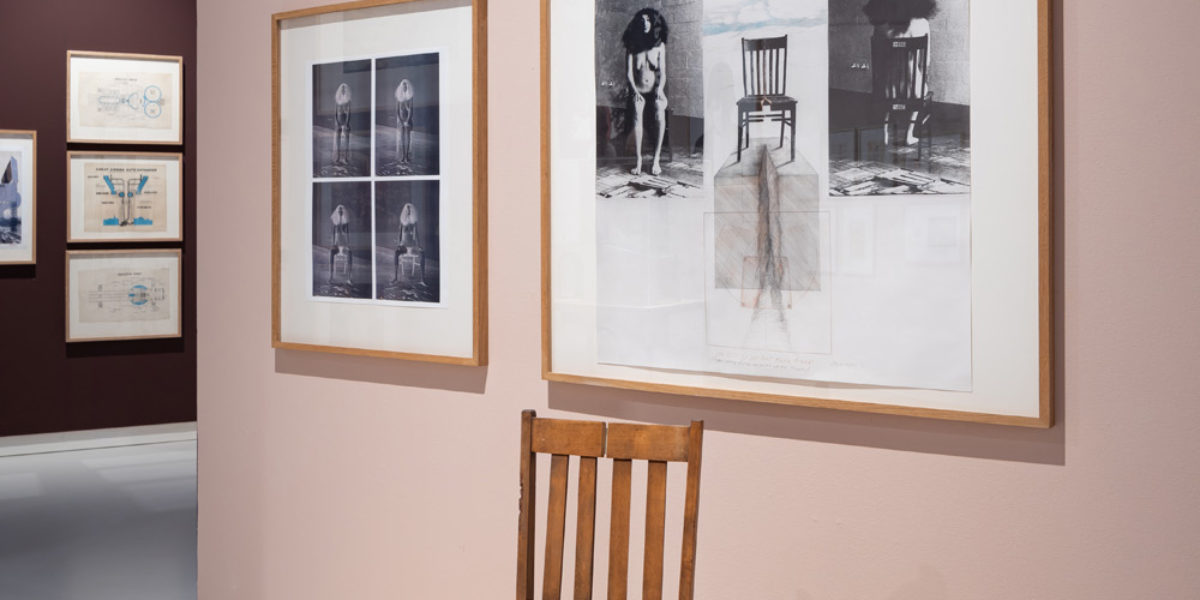
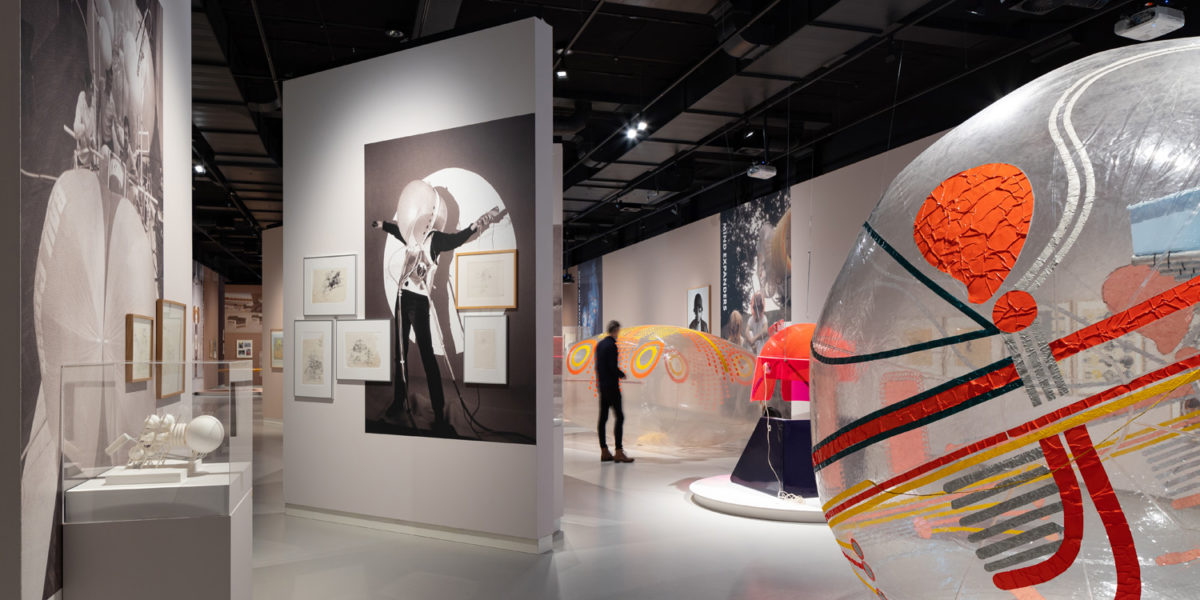
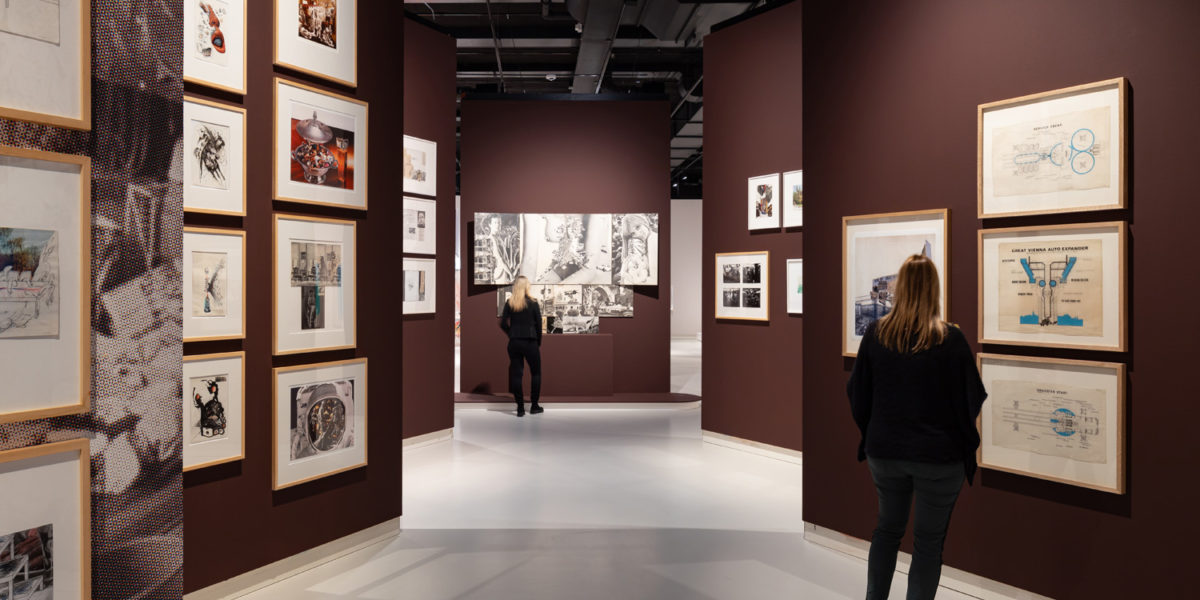


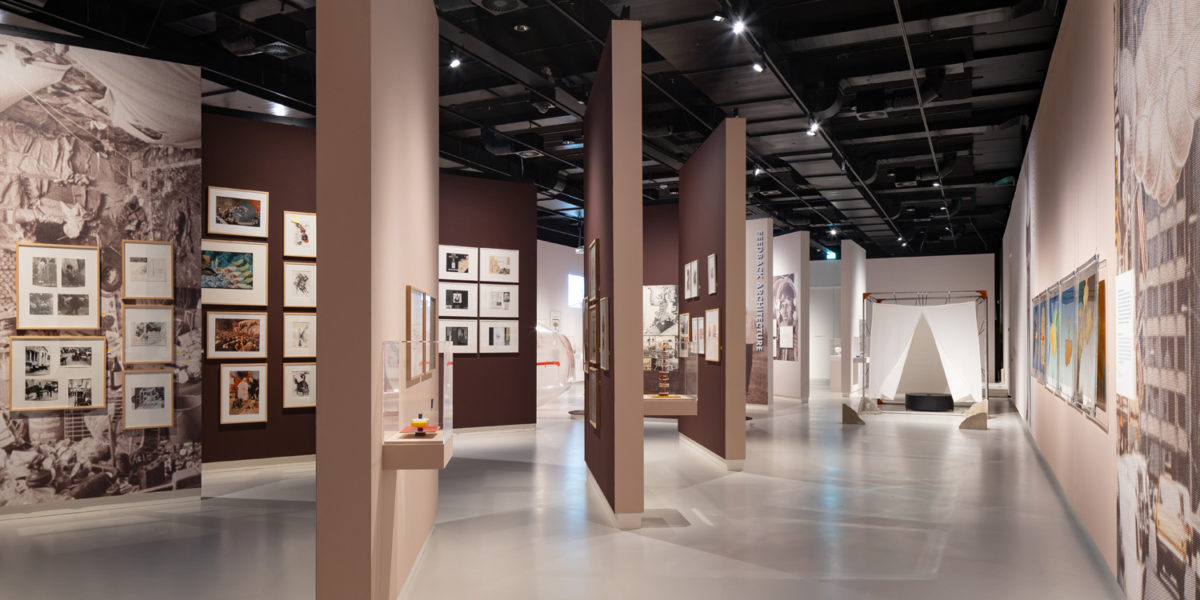
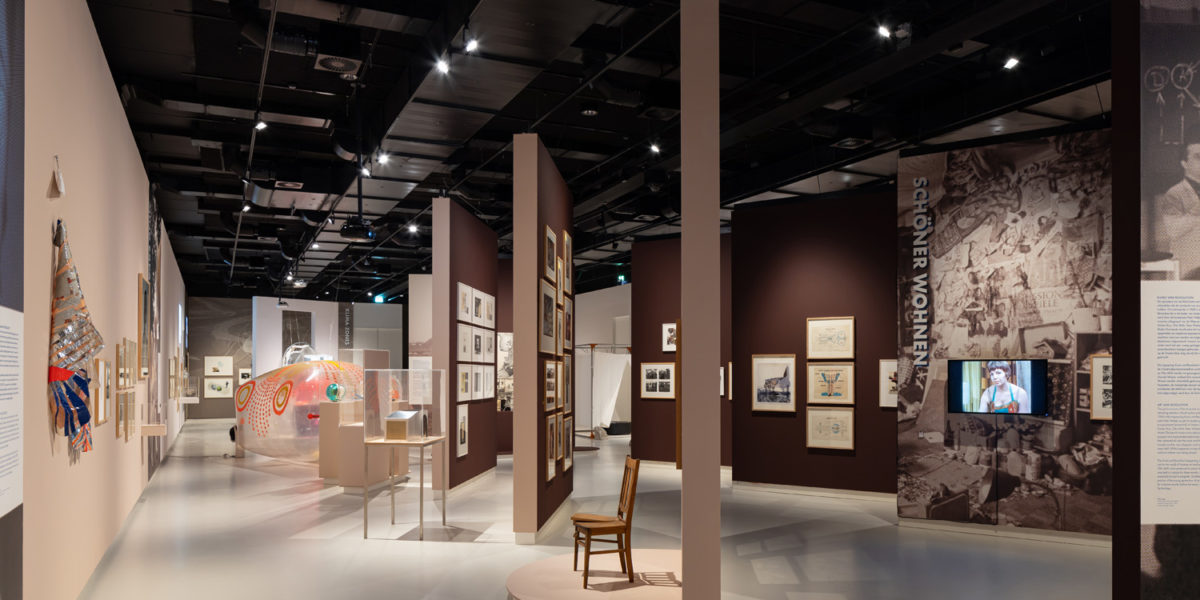
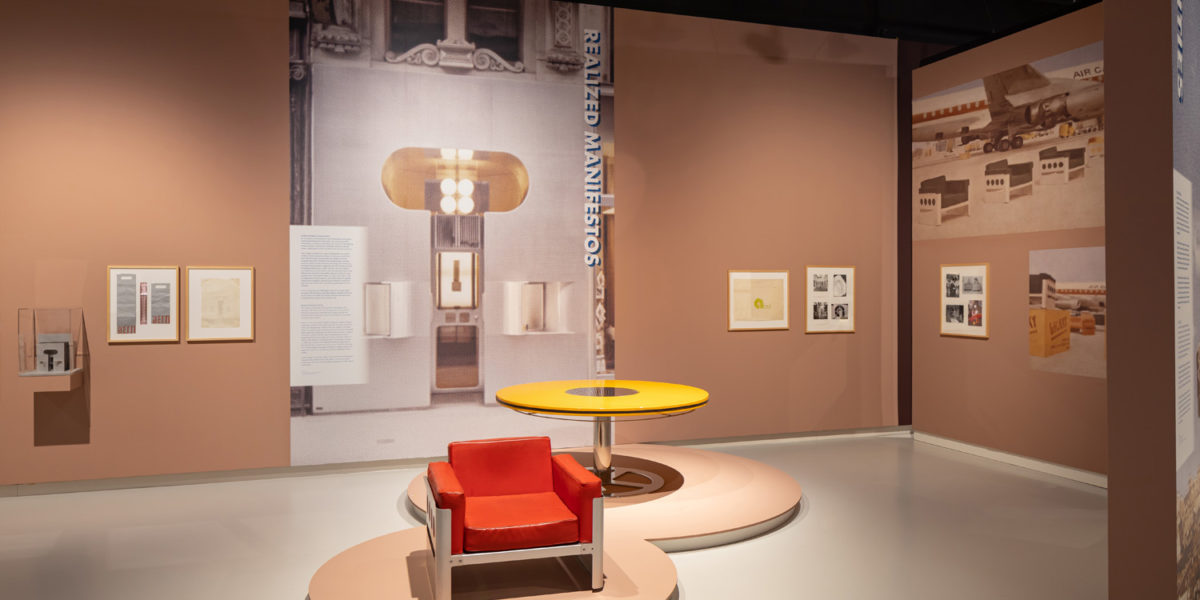
Go on a virtual expedition in the exhibition with design journalist Jeroen Junte en curator Bart Lootsma.
Colophon
This exhibition was made by Bart Lootsma with the assistance of Alexa Baumgartner and Maya Christodoulaki in cooperation with the University of Innsbruck. Want to find out more about the work of Bart Lootsma and his team? Have a look at their site Architectural Theory.

Acknowledgements
This exhibition has been made possible in part by the financial support of Het Cultuurfonds.

and the Creative Industries Fund NL
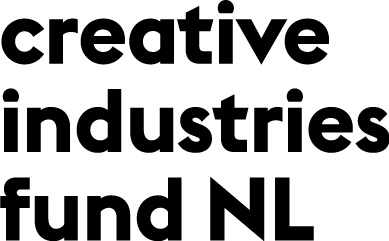
and the Austrian Bundesministerium für Kunst, Kultur, öffentlichen Dienst und Sport

and Stichting Zabawas

